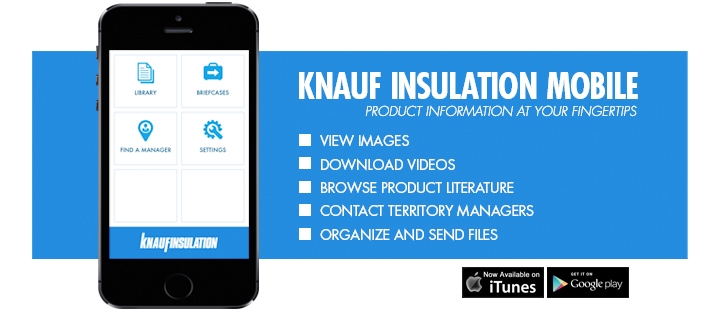Your HERS Rater Home Energy Audit Training Course Begins Here
|
Welcome to your online BPI Exam Resource! Here you can find everything you need to help you earn your BPI Building Analyst Accreditation. You can check out study guides and practice exams to help you succeed I'm dedicated to helping you figure our everything you need to do in order to successfully manage your BPI exam preparation. If you don't know where to start, please click a link below so I can figure out the best way to help you.
"The information I found on your web site was more useful than the class room instructions I received"- Robert Please see the FAQ for answers to common questions. Scroll down to view the categories below for information regarding specific BPI exam tricks.
RESOURCES |
FREE HERS Rater PRACTICE EXAMIt's time to save energy! Lowest VOC's, highest R-rating. Start with Knauf.
Ground breaking blower door technology for energy auditors. Free upgrade to smart manometers that link to your phone
ENERGY AUDITOR NEWSLETTERGet the only Energy Auditor Marketing Newsletter with monthly strategies and tactics to grow your home performance business.
|






